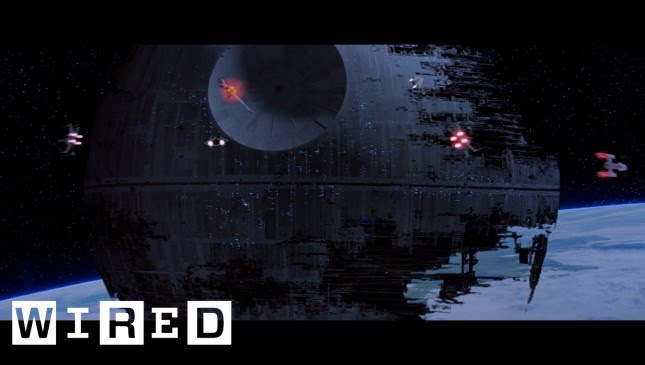How Holography Might Help Us Understand the Universe
Summary
This blog post explores the concept of holography and how it might help us better understand the universe. The discussion revolves around the challenges in reconciling gravity and quantum mechanics and the potential of new understandings of space-time to address these problems. Holography offers a way to circumvent the limitations on the amount of information that can be packed in the universe and may help us gain a better understanding of its quantum nature.
Table of Contents
- The Limitations of Information Density
- The Relationship between Gravity and Quantum Mechanics
- Holography: A Different Perspective
- The Exciting Possibility of Discovery
Introduction
As humans, we are constantly seeking to understand and explore the universe around us. The mysteries of gravity and quantum mechanics have long been a focus of scientific inquiry, and recent developments in the field of holography have offered new possibilities for understanding these fundamental forces. In this article, we will explore the concept of holography and its potential applications in helping us to unravel the secrets of the universe.
Q&A
The Limitations of Information Density
Question: What is the maximum amount of information that can be packed into anything in the universe?
Answer: According to the speaker, the maximum amount of information that can be packed into anything in the universe is limited to the surface area rather than volume. This idea is based on the theory that the universe may actually be two-dimensional and a hologram. The practical limit of the Heisenberg uncertainty principle on microchips is also mentioned as a constraint on information density.
Question: What are the implications of this limit on information density?
Answer: The implications of this limit are that it may be possible to encode vast amounts of information onto the surface of a two-dimensional object. This is where the concept of holography becomes relevant – by encoding information onto the black hole’s event horizon, we can create a two-dimensional representation of that information.
The Relationship between Gravity and Quantum Mechanics
Question: What are some of the challenges in reconciling gravity and quantum mechanics?
Answer: One of the main challenges in reconciling gravity and quantum mechanics is that these two forces operate on vastly different scales. While gravity governs the behavior of large-scale objects like planets and galaxies, quantum mechanics applies to the behavior of particles on a microscopic level. Current theories do not fully account for how gravity behaves at the quantum level, which has led to the development of new theories like loop quantum gravity and string theory.
Question: How might holography help to address some of these challenges?
Answer: Holography provides a different perspective on space-time that offers a new way of looking at the relationship between gravity and quantum mechanics. By representing three-dimensional space as a hologram, we can create a two-dimensional model that is mathematically equivalent. This approach may help to bridge the gap between these two forces and provide new insights into their behavior.
Holography: A Different Perspective
Question: Can you explain how holography works?
Answer: Holography works by projecting a three-dimensional image onto a two-dimensional surface. This is achieved using lasers and a photographic plate or film. When the laser light is reflected off an object, it forms an interference pattern that is recorded on the photographic plate. When the plate is illuminated with the same laser, the image is projected as a three-dimensional hologram.
Question: How is holography relevant to understanding the nature of the universe?
Answer: Holography is relevant to understanding the nature of the universe because it provides a different perspective on space-time that may help to address some of the challenges in reconciling gravity and quantum mechanics. By representing three-dimensional space as a hologram, we can create a two-dimensional model that is mathematically equivalent. This allows us to study the properties of the universe in a new way and potentially gain new insights into its quantum nature.
The Exciting Possibility of Discovery
Question: What are some of the fundamental questions about the nature of the universe that remain unanswered?
Answer: There are still many fundamental questions about the nature of the universe that remain unanswered, such as the nature of dark matter and dark energy, the origin of the universe, and the behavior of black holes at the quantum level.
Question: What makes the potential for discovery so exciting?
Answer: The potential for discovery in the field of holography and space-time is exciting because it offers new possibilities for understanding the fundamental forces of the universe. By looking at these forces in a new way, we may be able to gain new insights into the nature of the universe and how it operates. This kind of breakthrough discovery has the potential to change our understanding of the world we live in and open up new frontiers in scientific inquiry.
Conclusion
In conclusion, holography is a fascinating field of study that has great potential for helping us better understand the universe. By providing a new perspective on space-time, we may be able to address some of the most fundamental questions in physics and gain new insights into the nature of the forces that govern the universe. Although there is much work yet to be done and many mysteries yet to be explored, the possibilities for discovery are truly exciting. We look forward to the breakthroughs that may come from continued research in this field.






